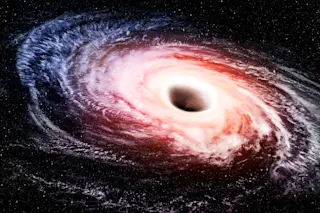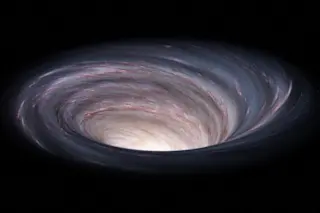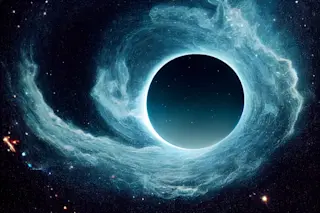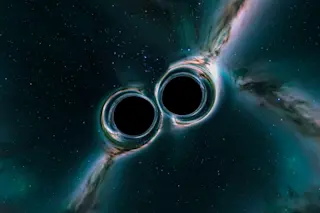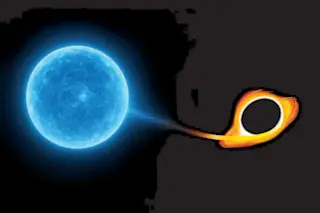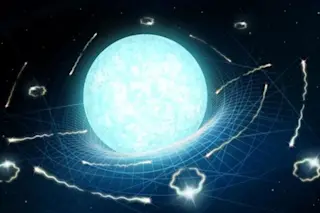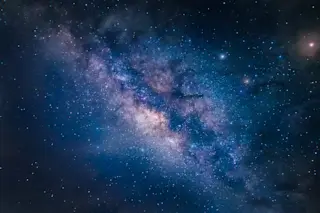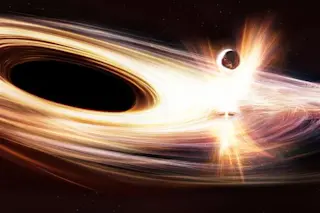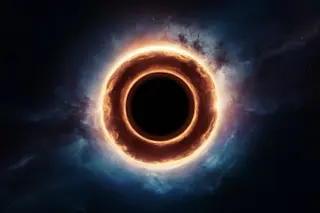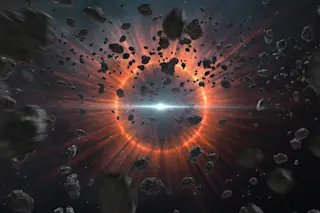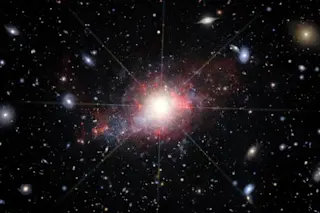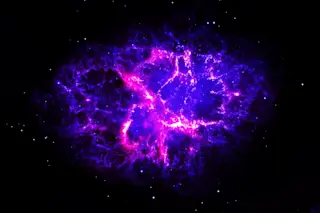One of the great mysteries in astronomy is how galaxies form. At issue is why stars gather into “island universes” rather than spreading out evenly through the universe.
One clue comes from the observation that most galaxies contain massive black holes at their centers. That has led to the proposal that galaxies form around black holes which act as seeds for this process.
But there is a problem with this idea. If it is true, something must stop stars from falling into black holes as they form, but nobody knows what.
Now a new theory of black holes explains this process. The new theory “gives a general mechanism by which a central black hole can catalyze galaxy formation,” says Stephen Adler, at Princeton University in New Jersey.
Adler’s new theory is based on the way black holes interact with dark energy, which astronomers think fills the universe. This energy, he ...


